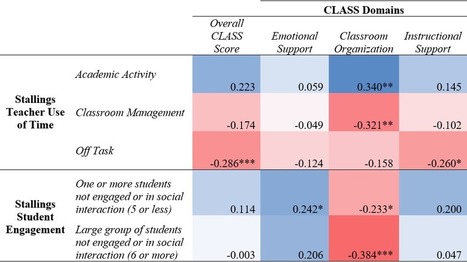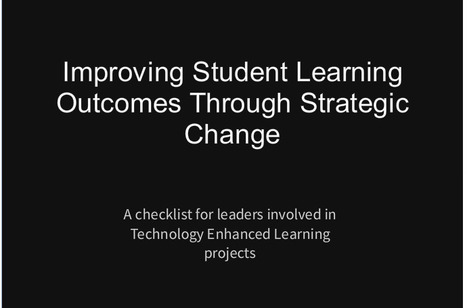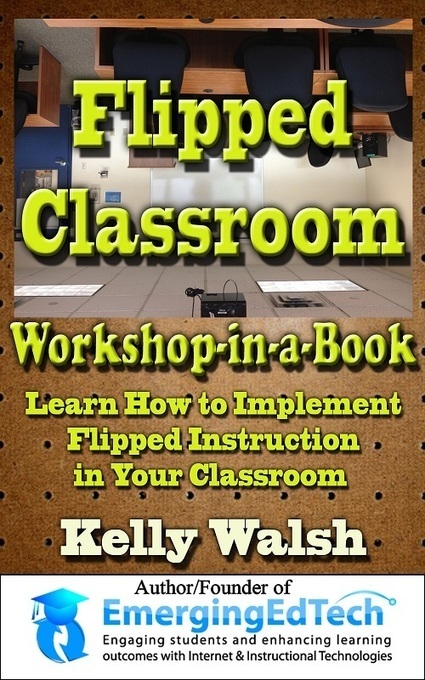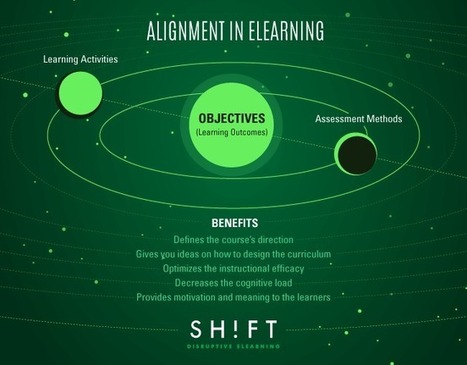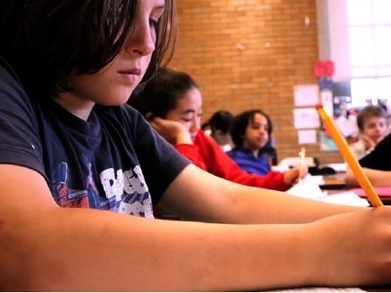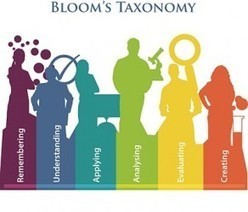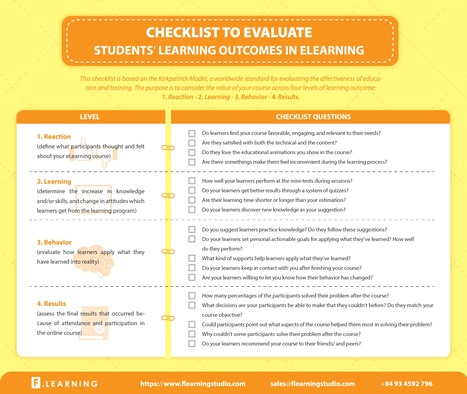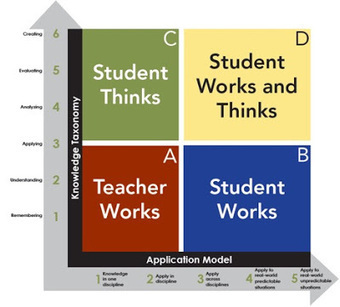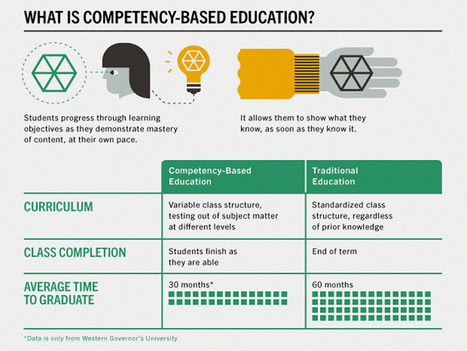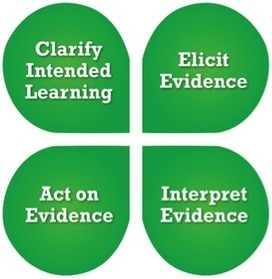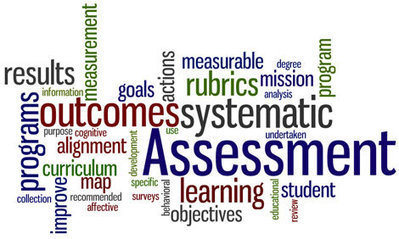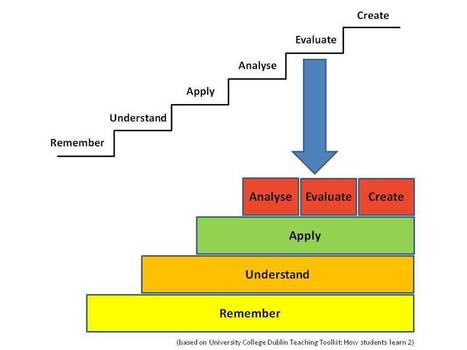The primary focus of any instruction should be to focus on the learning outcomes or capabilities you are trying to achieve. Bloom (1956, 1964) identified three types of learning outcomes: cognitive (knowledge), affective (attitudes, emotions, and values), and psychomotor (skills). For each outcome, instructors should also consider the level of outcome they are trying to achieve. So, if you are teaching cognitive skills, such as mathematics or language, you should determine if you need your students to remember (level 1), understand (level 2), apply (level 3), analyze (level 4), evaluate (level 5), or create (level 6) (Krathwohl, 2002). Once you have determined the level(s) of outcome, you should align your assignments to those levels. A multiple-choice exam can assess level 1 and possibly level 2 outcomes, but it will not assess students’ abilities to apply, analyze, evaluate, or create. Consequently, you will need to devise more challenging assignments to elicit higher levels of performance from students, using essays, problem-based learning assignments, and case studies, for example.
Research and publish the best content.
Get Started for FREE
Sign up with Facebook Sign up with X
I don't have a Facebook or a X account
Already have an account: Login
Literacy in a digital education world and peripheral issues.
Curated by
Elizabeth E Charles
 Your new post is loading... Your new post is loading...
 Your new post is loading... Your new post is loading...
|

Nik Peachey's curator insight,
February 15, 2017 4:52 AM
Interesting blog post and a great way to measure effective use. 
Angelica Arias's curator insight,
March 14, 2017 9:35 AM
Definitely, we are not taking advantage of the technology and its tools. We are still using them just as tool to make our job easier, moreover, still using the same visual support and matching and multiple choice tasks. It involves a lot of research and perhaps it is time-consuming but we should be exploring and integrating them more effectively in our sessions.

Alex Enkerli's curator insight,
November 24, 2014 8:32 AM
Learning data: from learner behaviours to a diversity of perspectives and appropriation. 
Matt Woodruff's curator insight,
November 24, 2014 1:19 PM
Intelligent questioning of just some of the challenges in interpretation of the underlying meaning or 'truth' of data

Maria Richards's curator insight,
July 12, 2014 7:55 PM
Reinforces what teachers have always done... Graphic handy visual reminder! |







